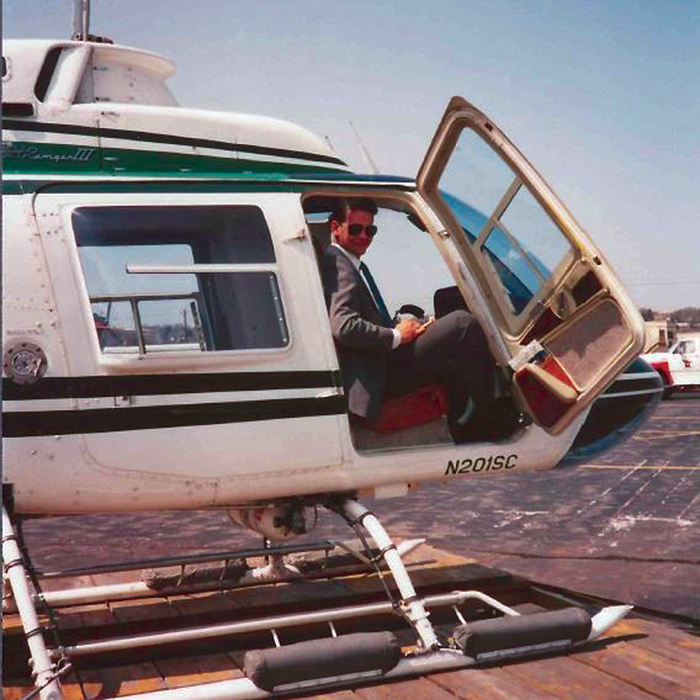Even as Naples Airport Authority studies the possibility of moving the airport in 20 or so years, it is working on improving flight patterns, how high planes fly over Naples, shared airspace with Marco Island Executive Airport and safety.
Texas-based Hughes Aerospace is in the middle of a feasibility study to develop conceptual designs for plane departures, approaches, missed approach waiting areas and shared airspace. Company executives gave the airport authority board of commissioners an interim report in March that had members hopeful of higher takeoffs, quieter approaches, more efficiency and less noise overall – a big complaint among area residents.
Hiring Hughes Aerospace in December came after a $2 million 2019 Airport Noise Compatibility study referred to as a Part 150 study and the noise abatement measures that came out of it and were submitted to the Federal Aviation Administration (FAA).
“They have developed conceptual designs for new arrival procedures for every runway and all four runway ends that would increase the altitude of aircraft 2(00) to 400 feet over the community compared to what exists today,” Naples Airport Authority Executive Director Chris Rozansky told the board on March 21. Hughes Aerospace also developed conceptual designs for arrivals to runway 23 and for arrivals on runway 14-42, he said.

Hughs Aerospace also developed some concepts for Collier County’s Marco Island Executive Airport that will require Naples Airport Authority to work with Collier to implement the concepts “that are going to help deconflict the airspaces,” Rozansky said. That could lead to an increase in the 2,000-foot hold altitude, he said. Currently, all aircraft must hold at 2,000 feet after taking off before gaining altitude following permission from air traffic control.
“You want to take and integrate all of the airspace around the Southwest Florida area,” said Alyce Shingler, head of Hughes Aerospace day-to-day operations. “So we want to include the Marco Island and RSW and try to make a holistic approach to fixing the problems. In order to do that, you have to work closely with air traffic, the surrounding airports and the community.”
Additionally, Shingler said, “we also want to reduce the noise impacts of Marco Island.”
Marco Island Executive Airport is located just north of the island off Mainsail Drive, about 12 miles south of downtown Naples. The Florida Department of Transportation estimates that the Marco Island Executive Airport has a local total annual economic impact of $258 Million. By comparison, FDOT estimates the Naples Airport has a $781 million annual economic impact.
Keep planes over the water longer
Hughes Aerospace in its interim conceptual report recommends keeping planes over the water longer so they can cross the shoreline higher, “hopefully mitigating the noise impact,” Shingler said.
“The concept is that we’re going to push all the aircraft on the same trajectory at a higher angle so they’re going to cross the shoreline at a higher altitude and if they go missed approach they’re going to go back offshore,” said Hughes Aerospace Chief Executive Officer Chris Baur.
For Marco Island, Bauer wants the airport’s planes to go out over the water on missed approaches instead of over Naples, just like Hughes’ plan for Naples Airport planes.
Opening up the crowded southwest Florida airspace is “a linchpin for increasing that 2,000-foot hold,” Rozansky said.
Airports, communities, FAA, air traffic control to have say
Collier and Marco Island airport officials would have a say in any plans presented to the FAA, as will any community affected, Baur said.
“Anything that we would design would be a collaborative effort between the community, air traffic control, the airport, pilots,” Baur said. But no meetings will be scheduled until air traffic control representatives are consulted, he said.
Hughes officials will be meeting with air traffic controllers in mid-April, Baur said.

